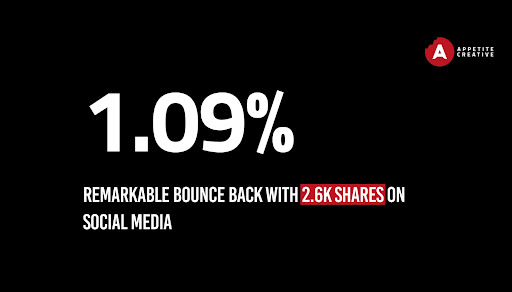In an age where technology permeates nearly every facet of our lives, it’s no surprise that even the packaging industry is witnessing its fair share of innovation. One of the most exciting developments in this realm is smart packaging. But what exactly is smart packaging, and how does it work?
Defining Smart Packaging
At its core, smart packaging refers to packaging systems embedded with sensor-equipped technologies, enabling functionality beyond the conventional protective and branding roles. It bridges the gap between the digital and physical world, bringing about a revolutionary approach to interacting with products.
To learn more about this, please see Smart Packaging 101: Connecting Physical and Digital.
Connected Packaging: The Digital Bridge
Connected Packaging is one of the main pillars of smart packaging. It has an ability to tap into the broader digital infrastructure – be it through a simple QR code, an NFC tag, or more advanced AR markers. The result? A seamless integration of products into our smart homes, e-commerce profiles, and more.

Reconnecting Through Connected Experiences: KDD’s Success Story
The Challenge: Amidst the global pandemic and schools reopening, KDD sought an innovative approach to re-engage with children and families after a year-long hiatus. Their objective? To use their beverage products as a bridge, combining fun, school reentry, and their brand.
Solution and Results: Appetite Creative developed a vibrant AR experience for KDD, offering multi-level games activated via QR codes on KDD products. Users raced in a 2D game, collected boosts like chocolate or banana reflecting KDD flavours, and played an AR game “What’s in my lunchbox?” post-race. The twist? Share your results on social media, and you increase your chances to win. In just three months since its September launch, there were over 96,000 scans and the games were played over 191,000 times. Users had an average session duration of 2 minutes and 39 seconds, with a remarkable bounce rate of only 1.09%. The campaign also registered over 2.6k shares across various social platforms.
Beyond The Usual: Advantages of Smart Packaging
- Brand Storytelling: Smart packaging allows brands to tell their stories in a more immersive manner. It could be the journey of how a product is made or the ethos behind a brand, all accessible through a simple scan.
- Real-time Feedback: Brands can now get real-time feedback. With connected packaging, users can instantly rate products, give feedback, or even participate in polls, giving brands immediate insights.
- Loyalty Programs: Rather than traditional point collection cards, smart packaging can directly link to loyalty programs, offering discounts, rewards, or exclusive content.
Pitfalls to Navigate
- Technological Hiccups: Like all tech-driven initiatives, there’s a learning curve. Both brands and consumers need to navigate tech glitches and ensure compatibility across devices.
- Overwhelming the Consumer: While interactivity is great, there’s a thin line between engaging the consumer and overwhelming them with too much information or too many calls to action.
- Security: As packaging gets smarter and collects data, it becomes a potential security risk. Ensuring robust encryption and cybersecurity measures will be crucial.
The Future of Smart Packaging
There’s no doubt that as technology continues to evolve, so will the possibilities for smart packaging. We’re on the brink of a future where our packaged products aren’t just passive containers but interactive entities that engage, inform, and even entertain.
In conclusion, while the journey of smart packaging has just begun, its potential is vast. From ensuring product safety to revolutionising the consumer experience, the future looks promising and bright for this innovative sector.
Visit Appetite Creative’s Blog for more of such content!
